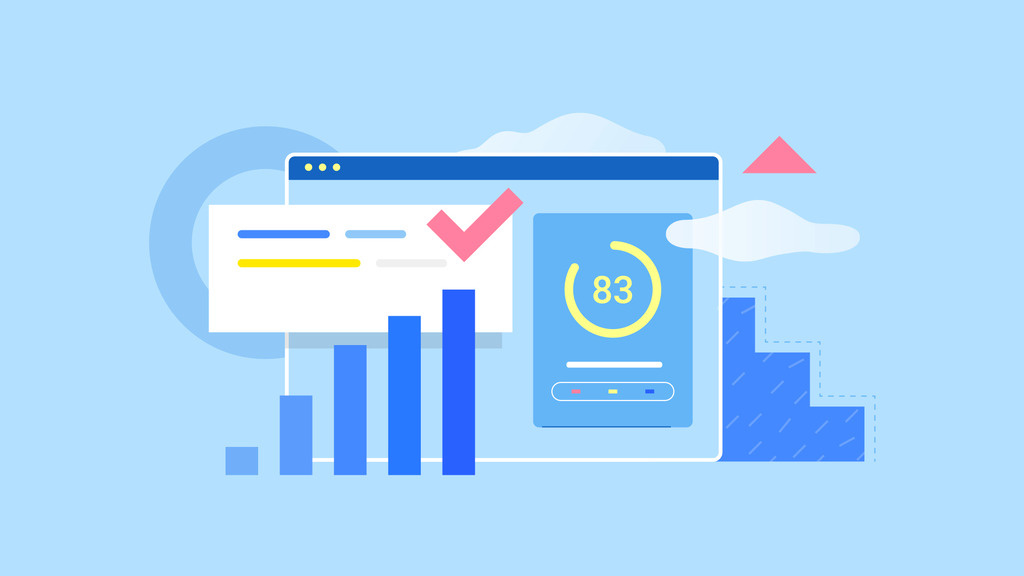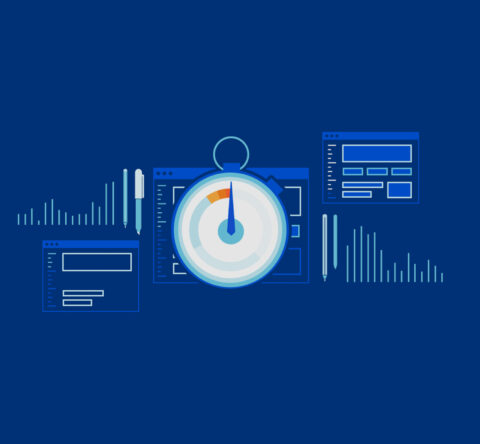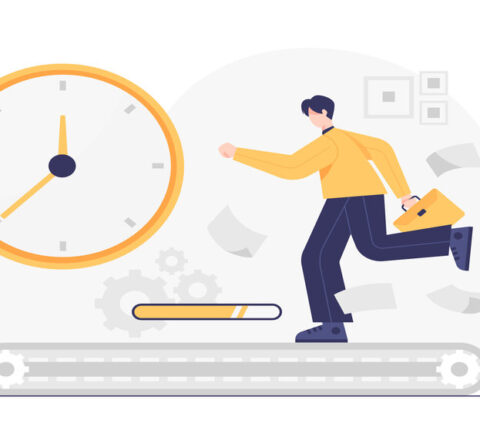Cumulative Layout Shift deals with the overall site experience and the overall statistics of web pages. Google’s Web Score Vitals incorporate Cumulative Layout Shift as an important metric in website user experience. A good CLS issue fix is essential for online exposure and SERP ranks. In this blog, you will get to know more about the CLS score and the best practices.

Cumulative Layout ShiftTop
Cumulative Layout Shift is a metric introduced by Google, as we have seen in Google’s Core web vitals optimization. Google itself executes the same on its website. The ideal CLS score range would be 0 to 0.1. The importance of the CLS score indicates several features of your website such as engagement, user experience, and increased SERP ranking. You may wonder what causes the content layout shift. Most of the time, ad space issues and size ratios are factors for sudden layout disruption on your website. Once you never fix the CLS issue WordPress, you will lose customers and revenue and they may end up having wrong interactions with your website.
Cumulative Layout Shift (CLS) Score
Cumulative layout shift CSS indicates two attributes of a Cumulative Layout Shift.
1. The Impact Fraction – This aspect deals with how it will affect if a Page’s element changes its place.
2. The Distance Fraction – The distance fraction tells the distance between the viewport and the newly placed element.
What contributes CLS issue fix
*iFrames – iFrames are HTML tags that render a full web page into your current page so that the user gets a holistic view of the subject without leaving the current window.
*Native Ads – Native and dynamic ads contribute to content layout shift anyway. Different ad sizes and lack of space are the main catastrophes in ads.
*Banner Ads – During the loading of a web page, banner ads disrupt the user experience by displaying banner ads right after the web page content.
*Image and videos – Images and video are optimal for user experience but when they move all of a sudden the page causes more bounce rate, decreased dwell time and revenue.
Tools for measuring content layout shift Top
Using these tools will tell you how your website goes as per Google web core vitals and which elements contribute to content layout shift as well as increased CLS website performance.
- Page speed Insights – Breaking down your CLS score and improving pain points is only possible with Pagespeed Insights. It works well with lab and real-time data.
- ChromeDevTools Performance Tab – Speed optimization tool from Google. It elucidates detailed metrics covering every aspect of content layout shift.
- Google Search Console – It is a simple tool that displays CLS score by analyzing your website and the specialty lies in both experts and non-professionals who can use it easily.
- GTMetrix – The tool primarily focuses on your website’s loading time and helps you improve it and it includes displaying the CLS score. In general, banner ads, iFrames, images, video elements, and native ads cause web Page’s layout shift. If any of these elements cause layout disruption, you can monitor and optimize it accordingly.
Best practices for improving CLS website performance
Fix CLS issue WordPress and other websites are similar and there is no difference.
You can practice these techniques on any website.
1. Define dimensions for multimedia elements such as images and videos
Every image and video has width, height, and breadth attributes on your website. You need to specify the parameters for these three dimensions so that images and videos fit the screen. Even if you run sponsored ads or native ads, you can specify the same dimension too. Therefore, the overall layout remains static. To specify the size, you can use srcset attribute. It specifies proportionate sizes for images and videos. What if you do not have any technical expertise? Do not worry. You can use any modern web browser to specify the size ratio.
2. Setting the size ratio for banner ads
Banner ads or native ads often require a network response and its adoption creates a high layout disruption. To tackle this, you need to use the website’s historical data to get an idea about the actual size of the ad slot.
3. iFrames and embedded videos
Nowadays, iFrames and embedded videos are a standard part of any website as it increases usability and user experience. These embedded videos and HTML elements may contribute to layout disruption. There is a way to avoid this layout problem. Before the element loads on your website, you need to fetch the actual width, breadth and height attributes of iFrames as well as embedded videos using web browser developer tools.
4. Using custom font for display
Every website prefers using one or two custom fonts along with standard fonts. The reasons vary but custom font contributes to engagement and user experience, but it may be a cause for increased CLS score. Your system font will always work uniformly but custom font contributes to two problems as follows:
Unstyled font and invisible text.Top
- Unstyled font – Bespoke fonts cause unstyled font display.
- Invisible text – some fonts also do not appear well on display. You will see missing letters and numbers.
If you want to include a bespoke font at any cost, you need to fill up auto, block, scope, optional and full block in the options provided. So, it will not cause unexpected layout problems.
Cumulative Layout Shift deals with the overall site experience and the overall statistics of web pages. It will continue to reign as an important metric to evaluate page loading speed and layout rearrangement. Build SEO friendly website with a good CLS score is not rocket science or unattainable goal for your business. One should know the basics and find the best web development agency in Dubai to get the desired results in a time frame. A veteran professional who has expertise in web development as well as content marketing will be a huge plus. Such a person can point out any gaps in your front-end and back-end of the website.










